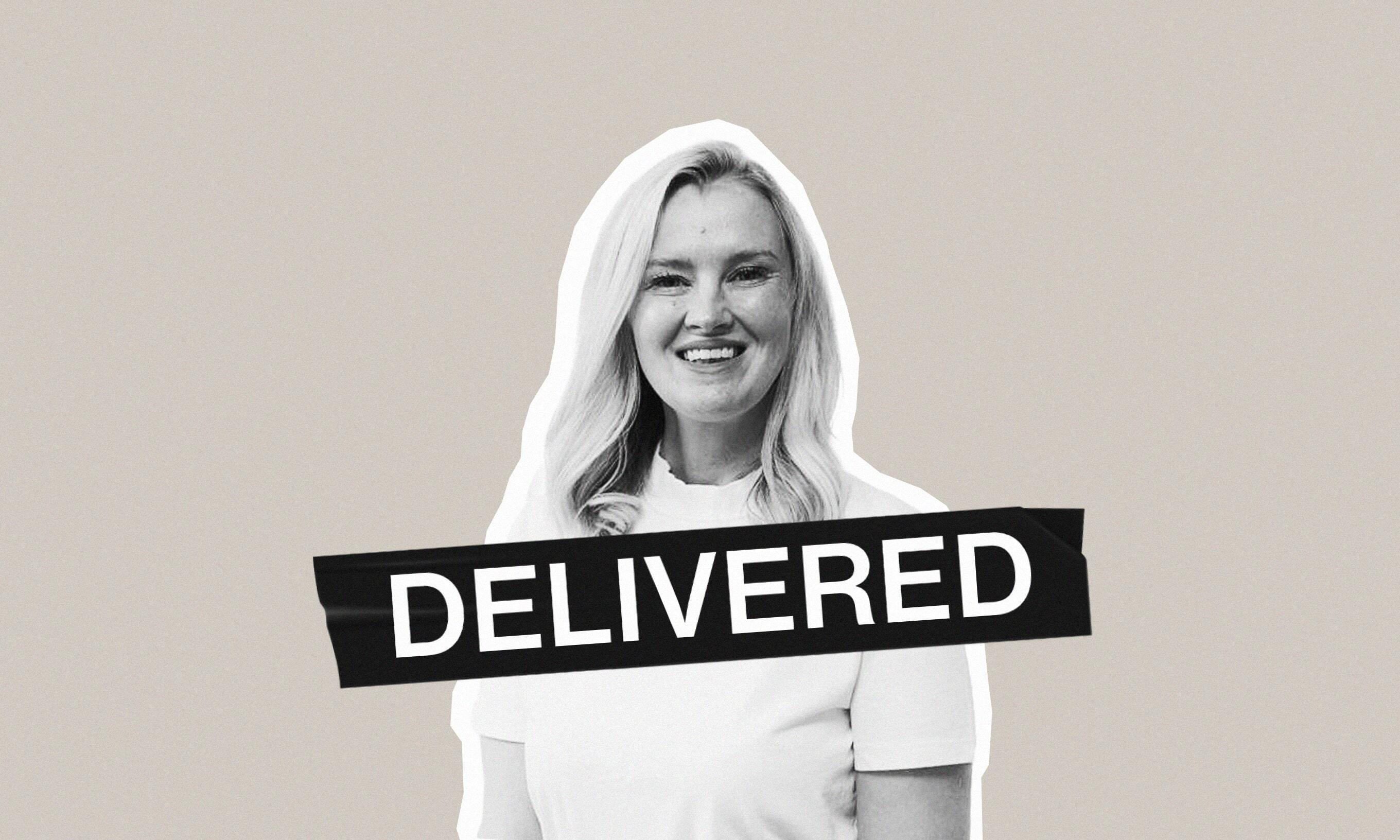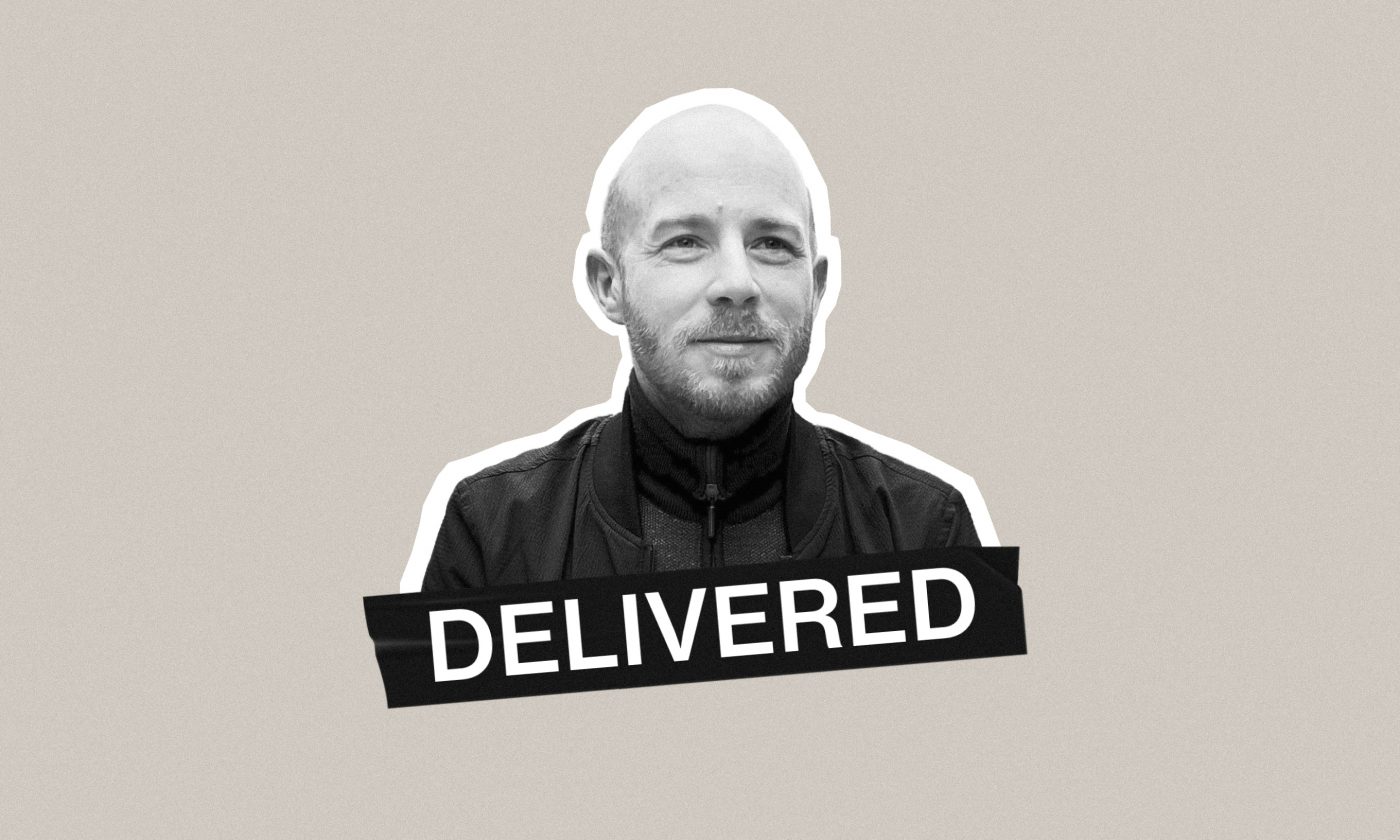Branding expert and creative director Laura Weldon appears in our event series Delivered to discuss the importance of branding for growing your business in today’s competitive, digital-first landscape.
Branding can be a make-or-break factor for your business. Many still view branding as mere visual identity, but in the fiercely competitive digital landscape of today, strategic branding plays a crucial role in connecting with consumers, fostering brand loyalty, and driving overall business success.
In our event series Delivered, we had the privilege of learning about branding from an expert with over 15 years of experience — Laura Weldon. She’s the founder and creative director of Studio LWD and has worked with iconic brands like Virgin, Nike, Tesco, Aldi, and the British Council.
There is more to branding than meets the eye
Let’s demystify branding and grasp its core. A brand is not just a logo or a catchy color scheme. It’s the soul of your business. It encompasses your identity, values, and the emotions you evoke in customers. It defines who you are as a business and what you stand for.
The strength of branding lies in forming a deep emotional connection with your target audience to nurture trust and loyalty.
As Laura puts it: “What do you want to stand for as a business? Why are people going to believe in you? You have to get people to believe they’re a part of something. That’s how you’re going to build a dedicated, brand-loyal audience that will return to your product or services, and shout your name from the rooftops.”
Another misconception about a brand is that it’s separate or detached from your product or service. Instead, it’s an integral part of the customer’s experience. When customers interact with your business, they are essentially engaging with your brand.
Strategy as your brand’s North Star
One common mistake businesses make, whether they’re just starting out or looking to grow, is attempting to appeal to a broad audience and experimenting with various approaches to generate revenue. Without a well-defined brand strategy, companies risk becoming scattered and unfocused in their efforts.
“If you look on Instagram or any of the social channels, you’ll start seeing a sea of things that are all the same. Brands are all starting to look the same. And that’s because there’s no real strategy behind them. They don’t really understand what they’re trying to do,” Laura concludes.
Imagine your brand as a house. The colors and fonts, and other visual elements serve as the furnishings, while the strategy forms its solid foundation.
Brand strategy provides direction and focus to the business by defining key aspects from day one. These aspects include: who you want to be, what you stand for, and who you are speaking to. The last one, knowing your target audience, is particularly important because understanding the audience is essential to knowing how to shape your communication effectively.
Focusing on and mastering these three elements can significantly enhance clarity for a business. In Laura’s perspective, brand strategy serves as the common thread weaving through various aspects of a business, from innovation and product strategies to digital marketing. It’s about defining the company’s position in the marketplace and what it wants to represent as a business, beyond just colors and fonts.
Building a brand from the inside out
Branding is often associated with how a business presents itself to customers. Traditionally, the focus was on the external aspects, including visual identity, marketing, and external communications. However, in the post-pandemic era, as more companies adopt remote and hybrid work models, maintaining a cohesive team culture and ensuring alignment with the brand’s values and messaging across geographically dispersed teams have become challenging.
If the people employed at a company are not living and breathing the brand, it becomes difficult to convey a consistent and authentic brand message to the external world.
In today’s landscape, living and breathing the brand within your team is just as important as the external brand presentation. As Laura notes, “If you asked this question five years ago, I’d probably say it’s around 20% internal and 80% external. Now it’s getting to that 50-50 mark.”
Research is key to building a successful brand
If you’re starting fresh or planning to rebrand, Laura suggests considering professional guidance if it fits your budget. If not, you can educate yourself by watching YouTube videos or reading books like ‘The Brand Gap’ and ‘Start With Why’ to learn more.
Nevertheless, the cornerstone of successful branding is research. This includes understanding your market, studying your competitors, and knowing your target audience. Ask yourself basic questions like, ‘Do you want to be a challenger or disruptor? What should your brand’s personality be, and where does it fit in the market? What’s your unique message?’
Laura emphasizes the importance of thoroughly understanding your audience and adjusting your branding strategy accordingly. She recommends talking to potential customers and conducting market research to gather feedback. “Make sure your decisions are grounded in facts and data rather than something emotional”, Laura concludes.
If you’d like to learn more about successful branding from Laura, watch the full episode now.










